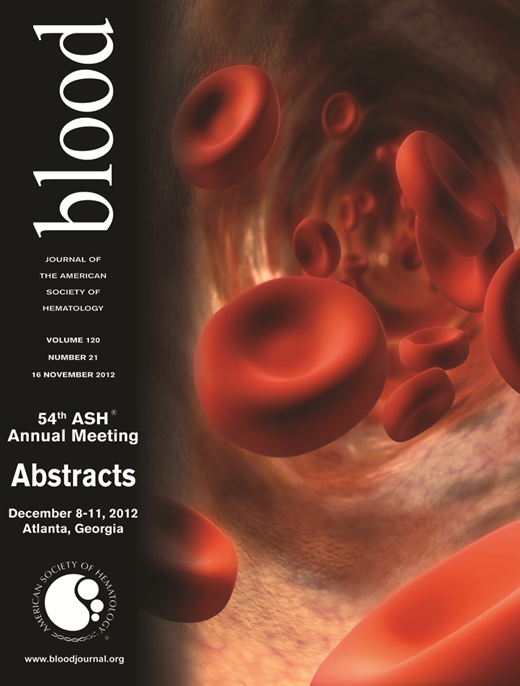Abstract
Abstract  3229
3229
Sickle cell disease (SCD) greatly decreases survival of affected patients, and significant advances will be necessary to decrease the gap in expected survival between SCD patients and non-affected individuals. We examined the relationship of clinical differences among SCD patients to survival, in order to gain greater understanding of major contributors to early mortality. Identification of such factors could guide development of therapeutic options.
Survival data were obtained for 417 adult subjects previously enrolled in a study of clinical outcome modifying genes in SCD from Duke University Medical Center and the University of North Carolina at Chapel Hill. All subjects were ≥18 years at the time of enrollment and were followed for a mean of 7.9 years (range 2.3–10 years). At enrollment, a number of clinical parameters were collected, including hemoglobin (Hb) genotype (SS, SC, Sβ0 thalassemia, or Sβ+thalassemia), baseline laboratory values (Hb, WBC, platelets, reticulocytes, fetal Hb, LDH, MCV, proteinuria), comorbidities (cerebrovascular events, pulmonary hypertension, history of acute chest syndrome, avascular necrosis, priapism, and pain crises - defined as number of hospitalizations in the past 12 months, among others), and medication status (hydroxyurea, narcotics, and others). Levels of soluble adhesion molecules (sICAM, sVCAM, sE-selectin, sP-selectin), NT-proBNP, TNF-α, and interleukins-6, -8, and -10 were measured for a subset of 87 subjects. Regression analysis based on the Cox proportional hazards model was employed to determine the effect of clinical phenotypes on survival time using PROC PHREG in SAS v9.2 (SAS Systems, Cary, NC). All models were adjusted for gender and age at enrollment.
Mean age at enrollment was 34 years (range 18 to 84 years). The mean age at death was 45 years (range 24 to 86 years). Subjects with HbSβ0 had the worst prognosis (p=0.0001), followed by subjects with SS, SC, and Sβ+. Lower glomerular filtration rate (GFR, hazard ratio [HR]=1.087 per each ml/min decrease in GFR, p<0.0001), incidence of pain crises (HR=2.038, p=0.005), pulmonary hypertension (HR=2.269, p=0.005), cerebrovascular events (HR=1.875, p=0.008), proteinuria (HR=1.922, p=0.011), seizures (HR=2.138, p=0.012), short-acting narcotics use (HR=1.693, p=0.033) and TIAs (HR=2.407, p=0.043) were significantly associated with decreased survival. Lower baseline Hb was also associated with decreased survival (HR=1.259 per g/dl decrease, p=0.0047), but after controlling for GFR, was no longer significant (p=0.274). Additionally, increased NT-proBNP (HR=1.617, p=0.0004) and sVCAM-1 (HR=2.032, p=0.0003) were associated with decreased survival. Fifty percent of patients were on hydroxyurea therapy, which was not associated with a change in survival (p=0.503).
SCD continues to reduce life expectancy for affected individuals, particularly those with Hb Sβ0 and SS. Surprisingly, we found that Sβ0 had a significantly worse survival compared to SS. Cerebrovascular events, pulmonary hypertension, proteinuria, decreased GFR, and more frequent pain crises were also strongly associated with poorer survival. Not only were these comorbidities individually associated with decreased survival, but an additive effect was observed, such that subjects with a greater number of negative endpoints had worse survival (p<0.0001). These traits may provide some utility in predicting prognosis of SCD patients. More importantly, aggressive management of these comorbidities may produce a survival benefit. The association of higher sVCAM-1 levels with decreased survival suggests that targeted therapies to reduce endothelial damage and inflammation may also be beneficial. In contrast to prior studies, hydroxyurea therapy had no influence on survival. This may reflect a failure in some patients to reach the maximum tolerated dose, lack of compliance, or more severe baseline disease in those patients who were treated.
No relevant conflicts of interest to declare.
Author notes
Asterisk with author names denotes non-ASH members.

This icon denotes a clinically relevant abstract

